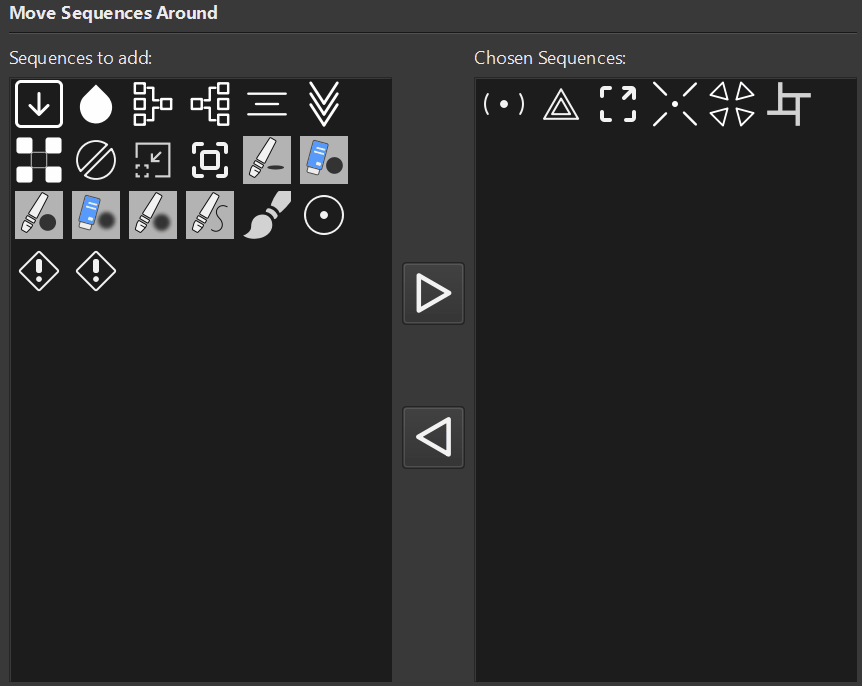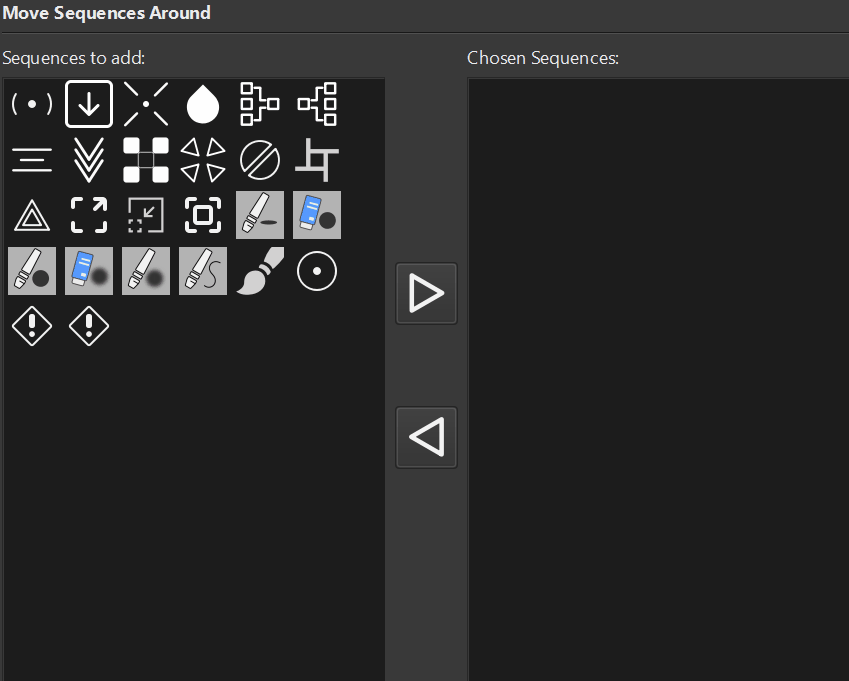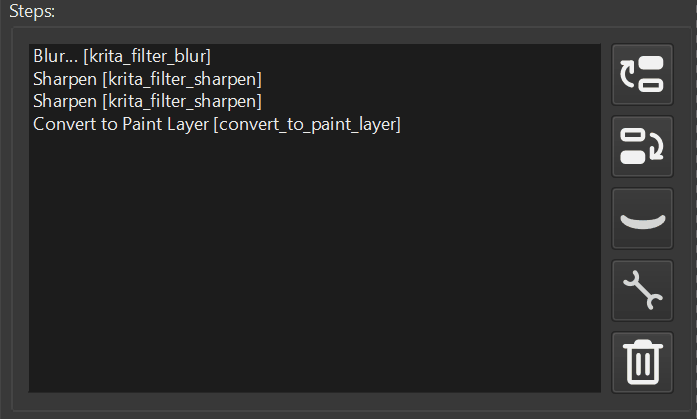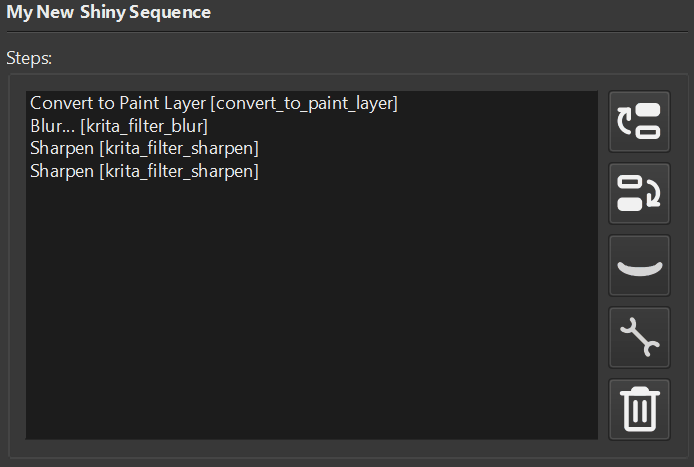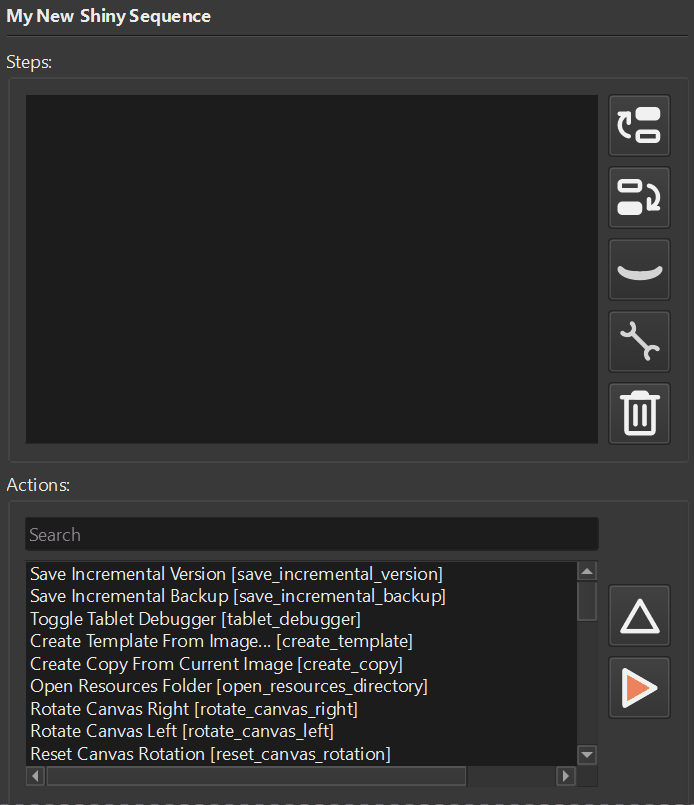In this article we explore the strategy to learn the digital painting from scratch. The digital painting requires all the general knowledge that traditional artist would have combined with application of this knowledge using digital painting software.
Choose the area of interest
Even though it would be nice to jump right into it. We suggest to make a small pause and think what the area of the drawings you wish to make. The reason behind it is because to learn efficiently is to apply project-based learning. By choosing the project to make from the start you open for yourself the possibility to apply lessons right away.
Decide on the kind of project to do
By project we mean a particular image. Or maybe a set of images. Or even a comix, however this one is might be challenging at the start.
Project-based learning proved to be more efficient if you want to learn new skill. When you make project, the process tells you what is that you need to know to make progress.
That is why we suggest to choose the image you would like to draw at the start. The image should be a scene, telling a story. The examples might include the good-guy vs bad-guy chasing, a fighting scene, or even one more episode in the life of stick salesmen.
Learn the Basics
The entire drawing skill can be devised into the following sections:
The basics
This includes learning general ideas about art, its history, main concepts. Also, getting to know with the tools.
Drawing line
Learn how to create basic shapes and capture the objects you imagine or observe.
Topology
The lines are related to each other. The width of the line can indicate the properties of the objects or the distance to them.
Light
The objects are part of the scene. And the scene is lit by the light source. These could be sun or artificial lights. There are rules to propagation of the light and how the shadow is formed.
Color
Where the is a light, there is a color. The position of the object on the scene and its surrounding will impact the light. Some colors are well suited to each other, some not. Some colors can convey particular mood.
Perspective
All these aspects are then combined by making a scene. And the objects on a scene are placed in relation to each other. Learning perspective helps to better display the object and convey their shape realistically.
Composition
Once all the objects are set you need to set the camera to a scene properly. Some of the objects you wish would be more visible than others. Or maybe you wish some object to be noticed first. This harmony of placing things in a camera achieved by composition.
Make everyday Drills
Only by deliberate practice you will improve your skill. It is important to plan daily drills. Each day you need to work on specific aspect you want to improve. It is not enough to just draw faced every day. You need to draw things that is not as good as you want them to be. If you struggle with eyes, you practice eyes, then switch to something else. If you keep drawing that you already comfortable with, you are not improving.
Complete your project
Even though you will try to do sketches of your idea along the way, while learning basics, you are now equipped with all the knowledge and skills you need to complete your image. Complete the image and seek for feedback.
It is important to seek feedback from the professionals, from people who will point out on to things that need to be improved.
Advance your skill
Even by finishing all these steps you will find yourself struggling to draw some of the things. Make an observation about yourself. Plan the small tasks to improve the skill and work from there.
